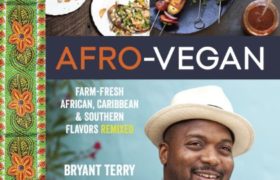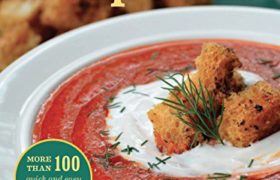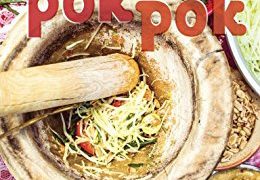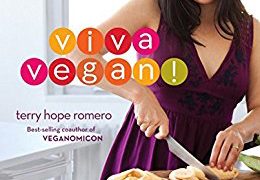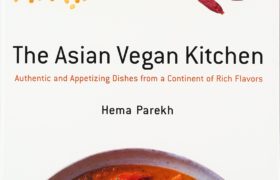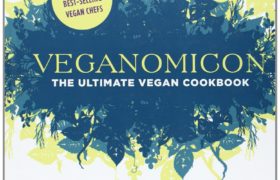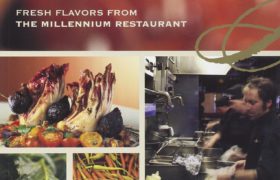A vegetarian, semi-paleo restaurant doesn’t seem like the place to stop by for a nightcap, but Brentwood is a cocktail desert so we decided to try it out. They have a full but limited bar—curated would be a better term. One smokey Mezcal. No St. Germain but they do carry house-made elderflower liqueur. It’s a place where you must put your trust in the hands of the bartender.
Talking to the bartender at a place where no one is expected to sit at the bar is a tricky proposition. Will he welcome the companionship, or does he have this job precisely because it allows him to mix drinks in peace? In this case, it seemed to be the former. He was a pleasant guy to spend the evening with, giving us the history of various spirits, showing off his homemade habanero shrub, and performing magic tricks.
[aux_quote type=”pullquote-normal” text_align=”left” extra_classes=””]”What kind of wizardry is this!?” my friend asked.[/aux_quote]
[aux_quote type=”pullquote-normal” text_align=”left” extra_classes=””]”Dark wizardry,” he said. [/aux_quote]
It was a better time than I would have ever expected from a place that floats carrots, fat as a baby’s leg, in jars of water and calls it ‘decor’.
The drinks erred on the side of being too floral or sweet—maple syrup was a common ingredient—but impolitic amounts of whiskey made it worthwhile. The bartender has such a way with whiskey that his bestseller is The Imposter, which is not so much a drink as a fortune telling session that ends in you getting pleasantly buzzed. On the menu it is described as the “mystery whiskey concoction of the day”, but each is handcrafted for the drinker after a short quiz on personal tastes. It’s the kind of thing keeping their short cocktail menu from growing stale.
Farewell Citizen Eatery, we shall see you again.

